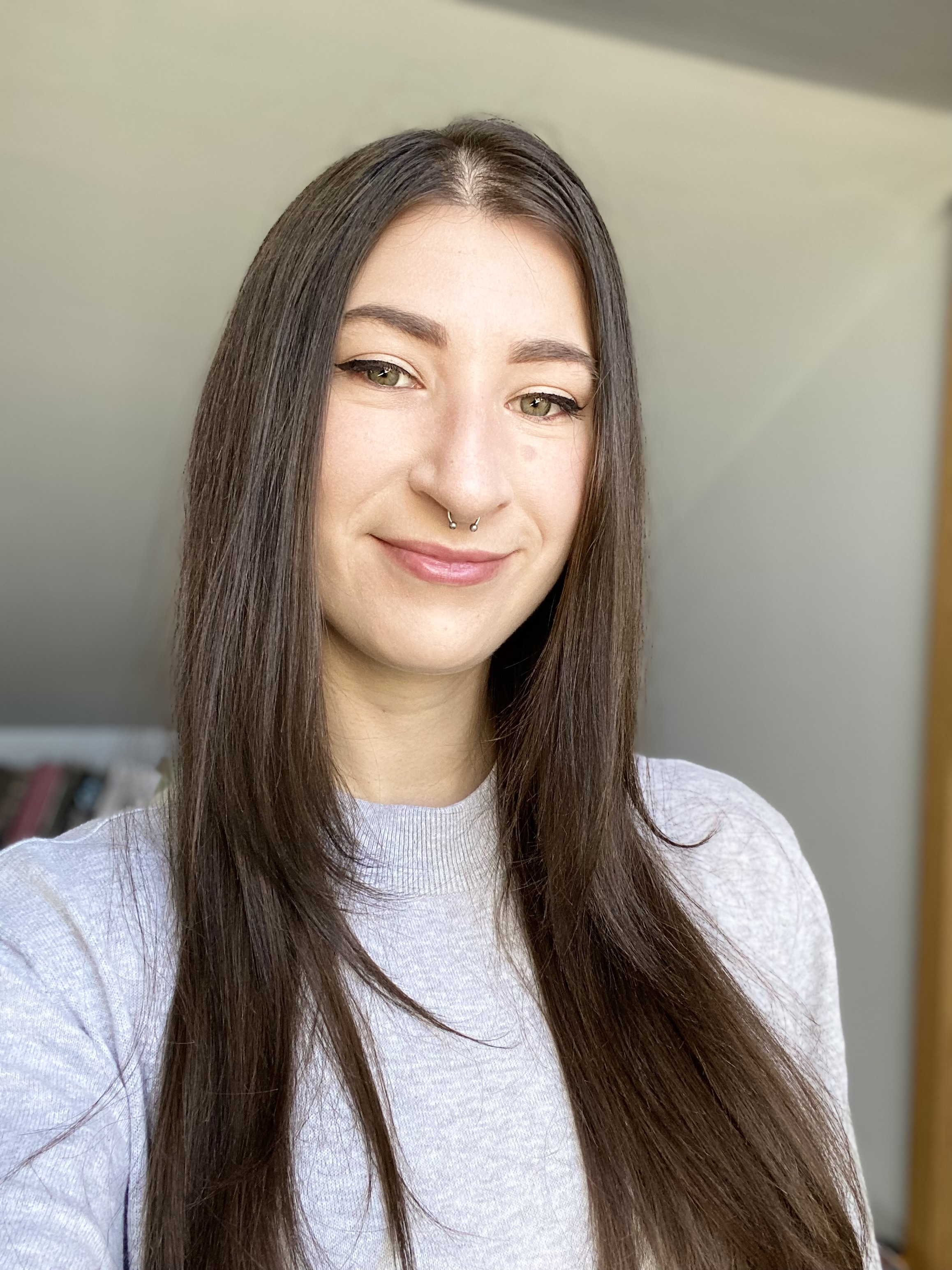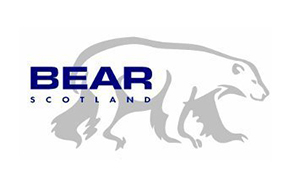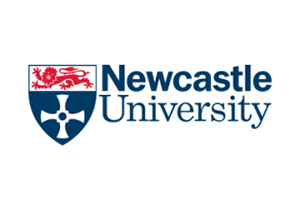Cohort 5
 Shannon Goldberg
Shannon Goldberg
- One Planet DTP Researcher Department of Applied Sciences
- Email: shannon2.goldberg@northumbria.ac.uk
- Twitter: @ShannonGoldber1
- Based at: Northumbria University
Project Title:
Monitoring and detecting invasive species in anthrobiomes: Bees on the Faroe Islands
Bio:
My love for insect pollinators began during my undergraduate final year project where I researched the impacts of native and non-native flowers on pollinator foraging preferences. During this time, I also volunteered as part of a project looking at urban and rural pollination in Newcastle-Upon-Tyne, and my experiences have only grown from there. For three summers I’ve researched urban pollination as a research assistant, looking at various factors that influence population size and viability, including green space sizes, floral compositions, plant-pollinator syndromes and pollinator competition. My interests now focus on how anthropogenic influences have facilitated insect pollinator invasions, what impacts these invasions may have, and how we might mitigate this.
Project Overview: The Faroe Islands are an archipelago of islands located in the Atlantic Ocean. Between the 4th and 6th century AD, people began to settle on the islands, changing the vegetation drastically. Because of the cold, windy climate, bees were noticeably absent from the pollinator landscape. In the past seventeen years, however, sightings of some bumblebee species have been recorded, presumably resulting from a combination of climate change, importing of goods and increased human transportation (boats, planes, etc.) This presents a unique opportunity to explore the effects of bumblebee invasions on native flora and fauna, particularly in island ecosystems which are sensitive to invasions because of high rates of endemism and specialism.
Several tools will be used to build a Faroese plant-pollinator network, allowing predictions to be made with the addition (or removal) of species resulting from bumblebee invasion. Plant-pollinator surveys will make up the bulk of data collection. Environmental DNA (eDNA) will be used as a tool to explore both the contemporary and historical landscape of the Faroe Islands. Records suggest that honeybees have been introduced previously, and the presence of flora that is well adapted to bee pollination also suggests this. Peat cores will be taken in areas where Viking settlers may have kept apiaries and both ancient eDNA and pollen records will be used to explore historical presence of honeybees. Maxent, a spatial modelling software, will be used to predict future distribution of bumblebees and how this will impact native flora and fauna.
Research Aims:
1. To determine the dominance and impacts of bumblebees in the contemporary Faroese plant-pollinator network.
2. To explore evidence for the historical introduction of social bees using paleoenvironmental reconstruction methods.
3. To use species distribution modelling to predict how bumblebee establishment will impact the future plant-pollinator network up to 2075, in both the Faroe Islands and in a wider context.
Supervisors:
Dr Rinke Vinkenoog (Northumbria University – principal supervisor)
Dr Matthew Pound (Northumbria University)
Dr Maarten van Hardenbroen van Ammerstol (Newcastle University)
Dr Anni Djurhuus (University of the Faroe Islands)
Qualifications:
BSc Biology (hons) - Northumbria University (2015-2019)
MSc Ecology and Wildlife Conservation - Newcastle University (2019-2020)
Skills:
GIS, R (statistical modelling), pollen analysis, wildflower and insect identification
Publications:
Hornby, S., Benn, J., Vinkenoog, R., Goldberg, S. & Pound, M. J. (2022) Methods in melissopalynology: colour determination of pollen pellets for colour vision deficient individuals. Palynology, 46:4, 1-7.
Pound, M. J., Vinkenoog, R., Hornby, S., Benn, J., Goldberg, S., Keating, B. & Woollard, F. (2023) Determining if honey bees (Apis mellifera) collect pollen from anemophilous plants in the UK. Palynology, 47, 2154867.
Hobbies:
Dog training, horse riding, combat and archery, reading








